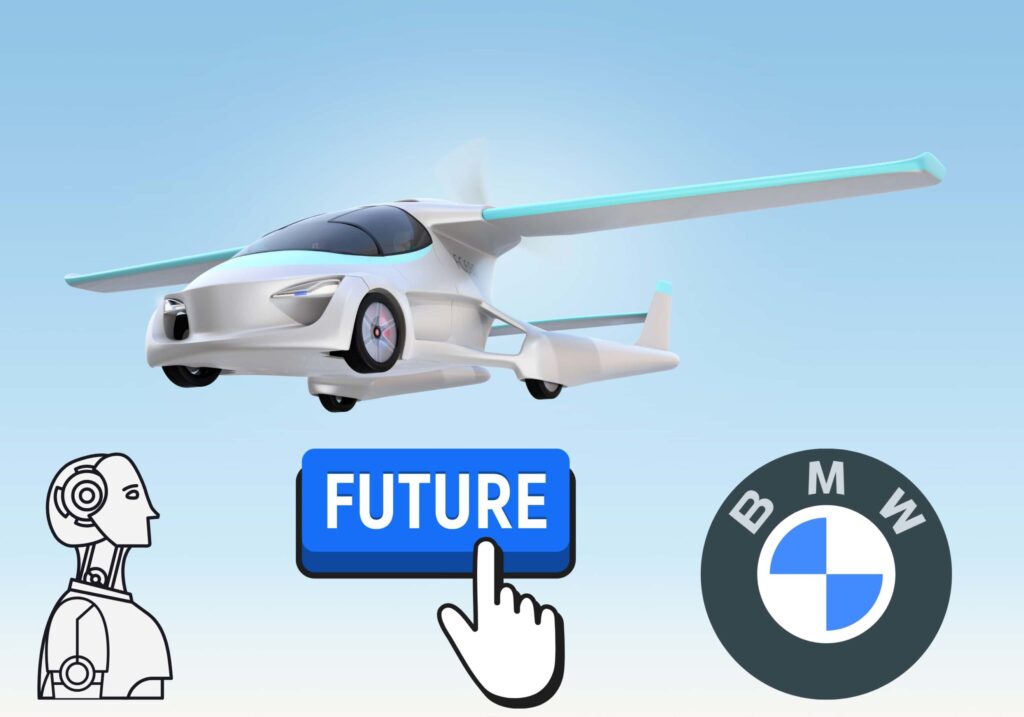AirCar’s 142nd successful landing in Bratislava was completed by Klein Vision at 6:05AM on November 26th. Professor Stefan Klein and Anton Zajac,whose invention was the vehicle, transformed the aircraft into a sports car after landing and drove it from downtown Bratislava to the airport, cutting travel time in half.

According to Dr. Branko Sarh, Boeing Co., Professor Stefan Klein is regarded as the world’s foremost expert in the development of intuitive, user-friendly Flying Cars. Associate Technologist. “The automated transition from road vehicle into an air vehicle and vice versa, deploying/retracting wings and tail is not only the result of pioneering enthusiasm, innovative spirit and courage; it is an outcome of excellent engineering and professional knowledge,” he added.
Besides a 160-horsepower BMW engine with a fixed propeller, the AirCar also has a ballistic parachute. As part of the testing conducted by the Civil Aviation Authority, over 40 hours of test flights have been completed, including steep 45-degree turns as well as tests of stability and maneuverability. Prototype 1 of AirCar flew at 8200 feet and at a maximum speed of 190km/h (103 knots).

The pre-production model of AirCar Prototype 2 will have a 300HP engine and will be certified by EASA CS-23 as an aircraft with an M1 license. It should be able to cruise at 300km/h (162kt) and cover 1000km (621mi) with its variable pitch propeller.
“This flight starts a new era of dual transportation vehicles. It opens a new category of transportation and returns the freedom originally attributed to cars back to the individual.” said Professor Klein after exiting the AirCar cockpit in Bratislava. “AirCar is no longer just a proof of concept; flying at 8,200ft at a speed of 100kt, it has turned science fiction into a reality.” Added Anton Zajac, the co-founder of Klein Vision.
Flying cars! A reality?
For decades, many have dreamed of flying cars. A car that is capable of running on streets and flying in the sky is both interesting and challenging in terms of its technical capabilities. Many companies have attempted to use the technology in the last few years and developed innovative prototypes.

For the first time, an intercity test flight has been completed by AirCar. Also, this was the first time any flying car had been able to complete an inter-city flight. During the 28th of June, a car flew between Nitra and Bratislava, both in Slovakia. Flying cars can cover distances of 35 minutes.
According to AirCar, when the aircraft lands, it transforms into a sports car within less than three minutes, simply by pressing a button. In addition to a 160 horsepower BMW engine, the flying car has a fixed propeller and a ballistic parachute. Flying cars can cover the distance of one thousand kilometers at an altitude of 8200 feet, according to AirCar. One hundred and seventy kilometers per hour is its maximum speed.
So far, it has logged 40 hours of flight time. During its test flights, the flying car made steep steep 45 degree turns and tested its manoeuvrability and stability. A car can take off and convert to an aircraft in two minutes and fifteen seconds, according to the company.
It has been quite some time since flying cars first emerged as a possibility. Since city roads are becoming increasingly congested, these vehicles could become the future of city-based commuters and intercity transportation. Decongestion of roads and reduced travel time can be achieved with flying cars.

Uber has already announced that they are developing flying cars that will be used for travel between cities and for commuting between them. The mobility industry is expecting a major shift in the near future with the advent of flying cars based ride-hailing services. Even established automakers like Hyundai are exploring the possibilities of flying cars.




